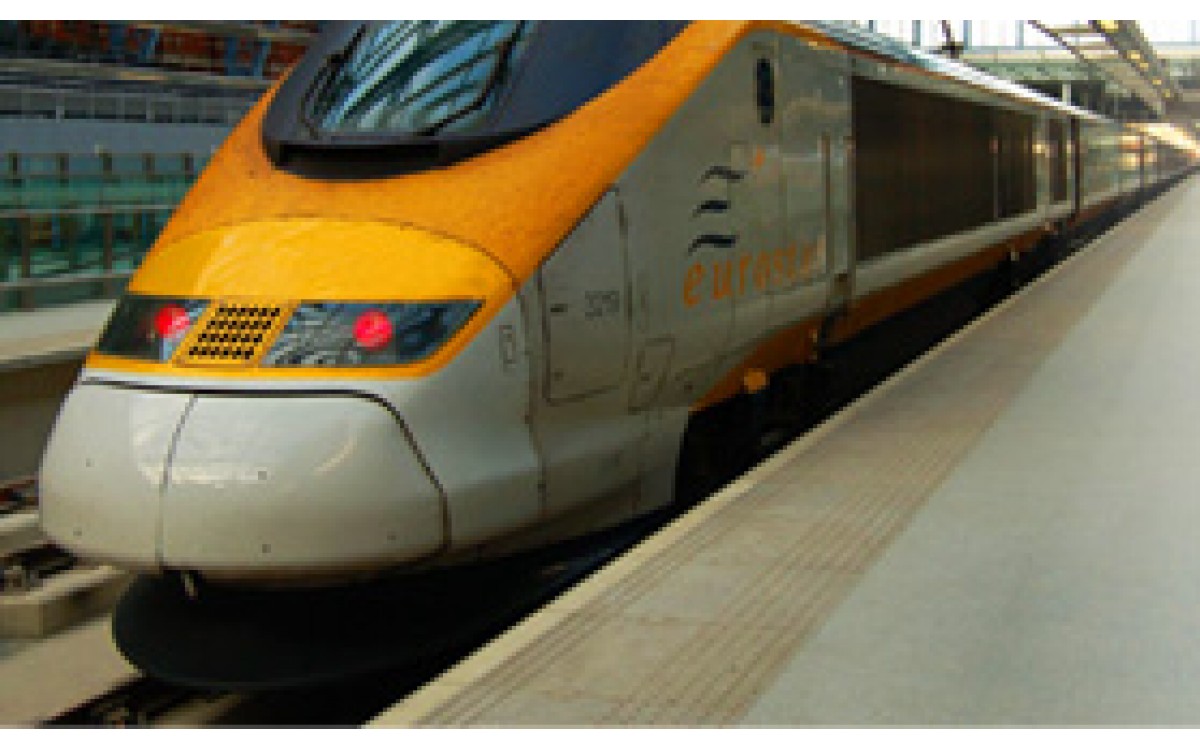Wind farms are springing up across China as wind power has been identified as a key growth component for the country’s economy. Comprised of an expansive network of many turbine towers, wind farms are usually located in harsh environments with extreme temperatures. For example, offshore temperatures can even fall below -10°C. Although wires are usually used inside a wind tower to link the turbine at the top to an Ethernet LAN that connects all the towers on the wind farm to a remote control station, these solutions are not always feasible or cost-effective to deploy, such as on an offshore wind farm. As a result, system integrators in China have been turning to Moxa wireless solutions to keep their wind turbines connected in even the harshest environments.
• Extreme weather conditions and human tampering resulted in frequent maintenance/repairs.
• Solution must integrate with existing infrastructure, including sensors, controllers, and existing network.
• Stable medium required to provide reliable wireless connection.

Electricity is generated by wind turbines that are located at the top of each wind tower and connected to various sensors, such as ultrasonic wind sensors and hub controllers, used to collect data about wind speed, wind direction, shaft rotation speed, and other critical parameters. This information enables the wind farm’s supervisory control system to rotate the wind turbine in the proper direction for maximum power generation. As a result, the various sensors and controllers at the top of each wind tower must be connected to the wind farm’s existing Ethernet LAN backbone. On wind farms, where an existing Ethernet LAN is unavailable and constructing a new wired network cost-prohibitive, Moxa’s AWK-5222 have enabled system integrators to reduce deployment costs with the benefits of redundant network of dual-RF devices to provide constant and reliable wireless connection.
Since each wind tower is over 100 meters high, it would be very difficult and costly to deploy a wired solution, such as optical fiber, from the top of the tower to the tower’s base in order to connect the wind turbines, sensors, and controllers to the existing Ethernet backbone. Moreover, wind farms in China are often victims of human tampering. As a result, wireless networks offer the most secure solution. By installing an AWK-5222 at both the top and base of each wind tower, valuable data—such as wind direction, amount of power generated, and whether or not the turbine has been damaged—can be collected and transmitted to the remote control station through the existing Ethernet backbone.
• Moxa’s wireless products are a convenient solution for hard-to-wire locations. Moreover, Moxa helps to build cable-free extensions of an existing network, and eliminate cable installation and maintenance costs.
• Integrated wireless redundancy and the existing network backbone transmit real-time status from wind turbines to the wind farm control center via wireless LANs.
• Redundant communication ensures stability and uninterrupted performance in extreme temperatures and environments.
See More Real World Applications


